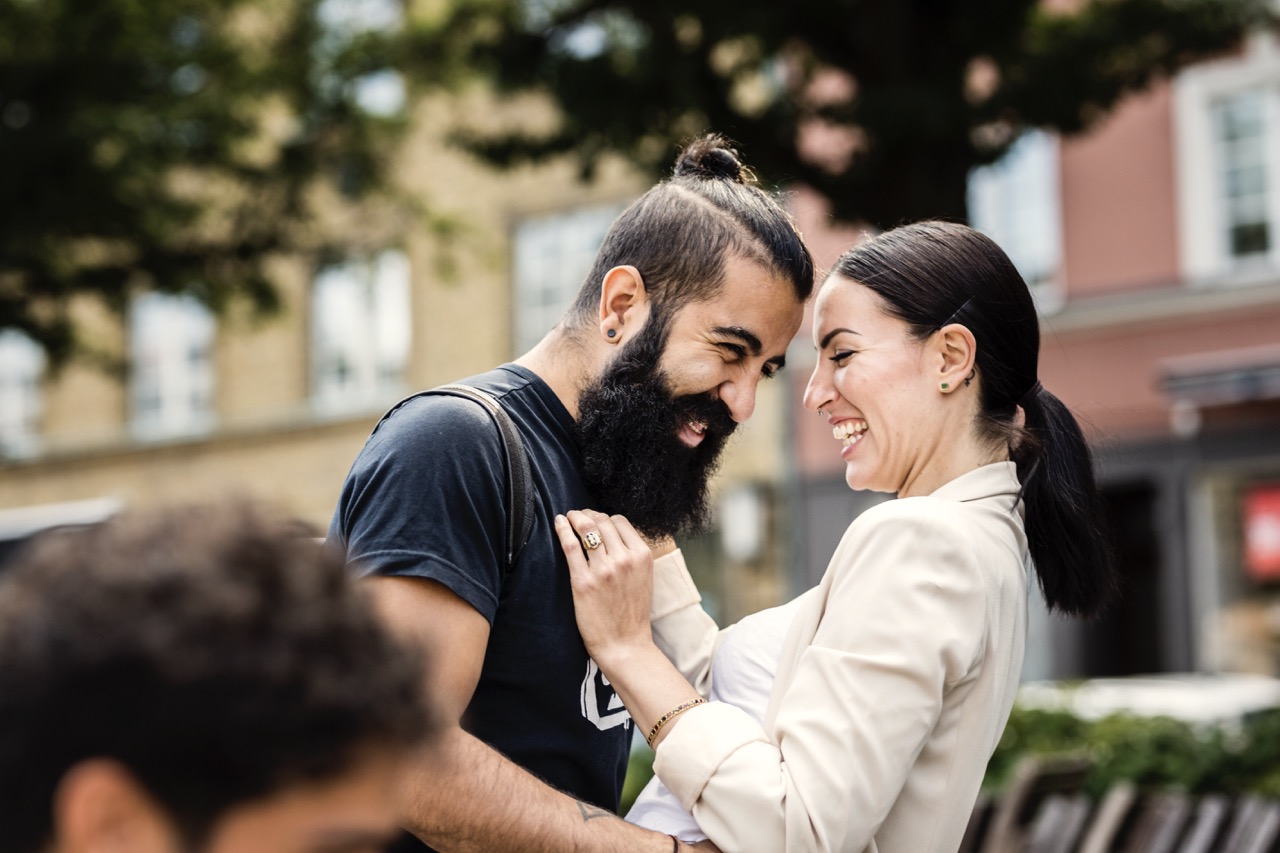As we step into 2025, the landscape of romantic relationships is undergoing a remarkable transformation. The dialogue surrounding gender roles and expectations has evolved significantly, prompting a closer examination of what men and women seek in romantic encounters. Societal changes, technological advancements, and shifting cultural norms are shaping dating preferences in unprecedented ways. This article delves into the nuanced differences between what men and women desire, ultimately seeking to understand how these evolving dynamics can foster healthier relationships for all.
Understanding Evolving Gender Expectations in 2025
In 2025, traditional gender roles are increasingly being challenged, with both men and women seeking partnerships that align with their evolving identities. The rise of gender fluidity and a broader understanding of gender expression have encouraged individuals to define their desires outside of conventional norms. Men are now embracing vulnerability and emotional connection, while women are asserting their independence and prioritizing personal growth. This shift indicates a move towards a more egalitarian approach to relationships.
The expectations surrounding courtship and dating are also diversifying. Many individuals are now prioritizing compatibility over adherence to traditional gender roles. This has led to a more fluid understanding of what it means to be a partner—where shared responsibilities and equal contributions are valued. The emphasis on mutual respect and understanding is shaping preferences, with many seeking partners who are emotionally intelligent and communicative.
Additionally, societal influences, such as increased representation of diverse relationships in media and popular culture, have played a significant role in redefining expectations. As conversations about gender equality and inclusivity become mainstream, both men and women are more empowered to articulate their needs and desires. This has triggered a seismic shift in dating dynamics, leading to a re-examination of what it means to find and maintain a romantic connection.
The Shifting Dynamics of Romantic Relationships Today
The dynamics of romantic relationships in 2025 are characterized by an increasing emphasis on emotional intelligence and communication skills. Men are often seeking partners who not only challenge them intellectually but also share their emotional burdens. Concurrently, women are looking for men who are willing to engage in deep conversations that foster mutual understanding. This shift suggests that both genders are now prioritizing emotional connection over superficial attributes, which were once the primary markers of attraction.
Furthermore, the digital landscape has transformed how individuals connect. Online dating platforms have evolved, incorporating sophisticated algorithms that cater to specific preferences, interests, and values. This shift allows for a more tailored dating experience, leading to connections that are more likely to result in meaningful relationships. However, the digital age also poses challenges, as superficial interactions through screens can sometimes detract from the genuine connections both men and women desire.
As the dynamics of relationships shift, individuals are increasingly aware of the importance of self-awareness and personal fulfillment. Many are entering into relationships not as a means of completing themselves, but as a way to enhance their already fulfilling lives. This change in mindset leads to partnerships that are characterized by support and shared growth, rather than dependency—ultimately resulting in healthier, more resilient relationships.
Key Factors Influencing Men and Women’s Desires Now
Several key factors are influencing the romantic desires of men and women in 2025. One significant factor is the economic landscape. With rising living costs and economic uncertainties, many individuals are prioritizing stability and security in their relationships. Men may seek partners who contribute equally to financial responsibilities, while women may look for emotional support and shared ambitions. This practical approach to relationships reflects a profound understanding of partnership as a shared journey rather than a singular pursuit.
Cultural shifts are also pivotal in shaping desires. As societal norms continue to evolve, there is a greater acceptance of diverse relationship types, including open relationships and non-monogamy. This evolution is allowing individuals to explore their preferences more freely, leading to a greater variety of relationship structures. Both men and women are increasingly viewing love and commitment through a broader lens—one that accommodates different needs and aspirations.
Moreover, the impact of mental health awareness cannot be overlooked. In 2025, there is a heightened recognition of the importance of mental well-being in romantic relationships. Men are more openly discussing their emotional struggles and seeking partners who understand and support their mental health needs. Women, conversely, are prioritizing their well-being and looking for partners who respect their boundaries and encourage self-care. This mutual understanding of mental health fosters deeper connections and a stronger foundation for lasting relationships.
Bridging the Gap: Finding Common Ground in Dating Preferences
Despite the differences in what men and women are seeking, there is ample opportunity to bridge the gap and create fulfilling relationships. The key to successful connections lies in open communication and mutual respect. By fostering an environment where both partners feel comfortable expressing their desires, individuals can create a balanced dynamic that honors each person’s needs. This approach encourages a collaborative framework for dating, where preferences can be discussed without judgment.
Additionally, shared experiences and interests can serve as a catalyst for connection. Engaging in activities that both partners enjoy fosters a sense of partnership and belonging. Whether it’s through hobbies, travel, or community involvement, creating shared memories allows individuals to bond over common goals and aspirations. These experiences can help mitigate differences in desires, creating a stronger foundation for the relationship.
Finally, education and self-awareness play crucial roles in bridging the gap. By actively seeking to understand one another’s perspectives, men and women can create a more harmonious dating environment. Workshops, literature, and online resources focusing on relationship dynamics can equip individuals with the tools to better navigate their desires and foster understanding. In this way, both genders can work towards a common goal: forming deep, meaningful connections that reflect their evolving expectations.
In conclusion, as we navigate the complexities of romantic relationships in 2025, it is clear that men and women are indeed looking for different things, driven by evolving cultural, economic, and societal factors. However, the undercurrent of shared desires—seeking connection, understanding, and companionship—remains constant. By embracing open communication, shared experiences, and a commitment to mutual respect, individuals can bridge the gap in their dating preferences. In doing so, they can cultivate relationships that not only fulfill their personal desires but also contribute to a healthier, more equitable understanding of love and partnership in this new era.





